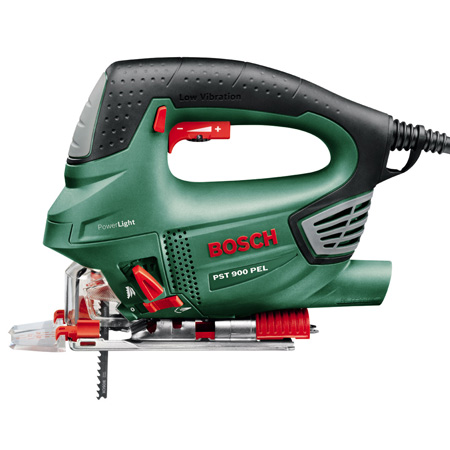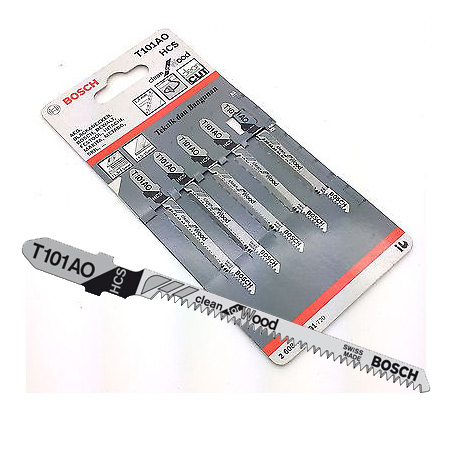Cutting Curves with a Jigsaw
Cutting curves with a jigsaw is easy if you following these simple tips. If you have never used a jigsaw before, practice on some scrap pieces of timber or board to gain more confidence using a jigsaw.
The jigsaw is an essential tool if you're starting out in DIY. With a jigsaw you can cut curves, corners, intricate shapes, angles, and of course, straight lines. While you can have all your timber and board cut to size at Builders, they don't cut anything but rectangles or squares - anything else is up to you.
When making your own furniture or projects there are going to be times when you need to cut rounded corners, or cut out a shape inside the board, and this is where the jigsaw comes in extremely handy.
Bosch have a range of jigsaws to choose from; starting at the lower end with the PST 650 & PST 700 basic models that are great for novice DIY enthusiasts, up to the Bosch PST 900 PEL expert level jigsaw. Bosch also have the PST 18 LI cordless jigsaw, for where you need to be mobile or cut work pieces away from a convenient power outlet.
All models across the range are low-vibration, comfortable to use and are fitted with a powerful motor that easily cuts through timber and board products.
Cutting Curves with a Jigsaw
1. To cut a curve inside your work piece, first drill a 10mm hole inside your marked lines, in order to be able to insert the jigsaw blade.
2. Use the right blade (for softwood, hardwood or board product). If you are cutting a tight curve or detailed shape, use the Bosch T101AO scroll blade. This blade is narrower than a standard blade and handles tight corners and curves easily.
3. Clamp your work piece firmly to a workbench using a minimum of 2 clamps. You want the edge being cut to protrude over the edge - or over the centre gap in your workbench.
4. Slip the jigsaw blade into the drilled hole and power on. When you start to cut a curve, keep the power on full, but don't push the jigsaw forward - ever so slowly rotate or turn the jigsaw into the curve so that the blade has chance to cut as you go into the curve.
GOOD TO KNOW: If you haven't cut curves or corners before, practice on scrap board beforehand.
5. By guiding slowly - not pushing - the jigsaw around a curve you reduce the risk of kickback. If the jigsaw does kickback, don't panic - just switch off. And remember when you start cutting again to pull the jigsaw back from the edge of the timber or board. You need to give the jigsaw blade time to speed up before you commence cutting again.
Here's a video that shows how easy it is to cut curves. Once you master the technique for cutting curves, you will open up even more possibilities for your crafts and DIY projects.





